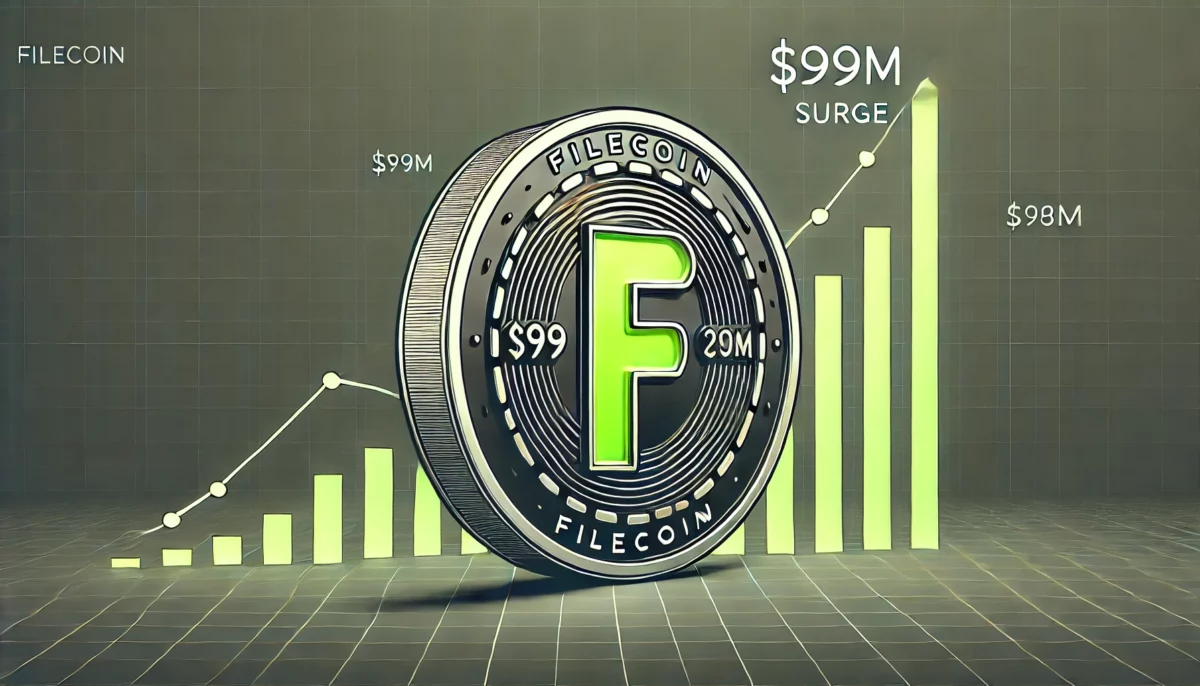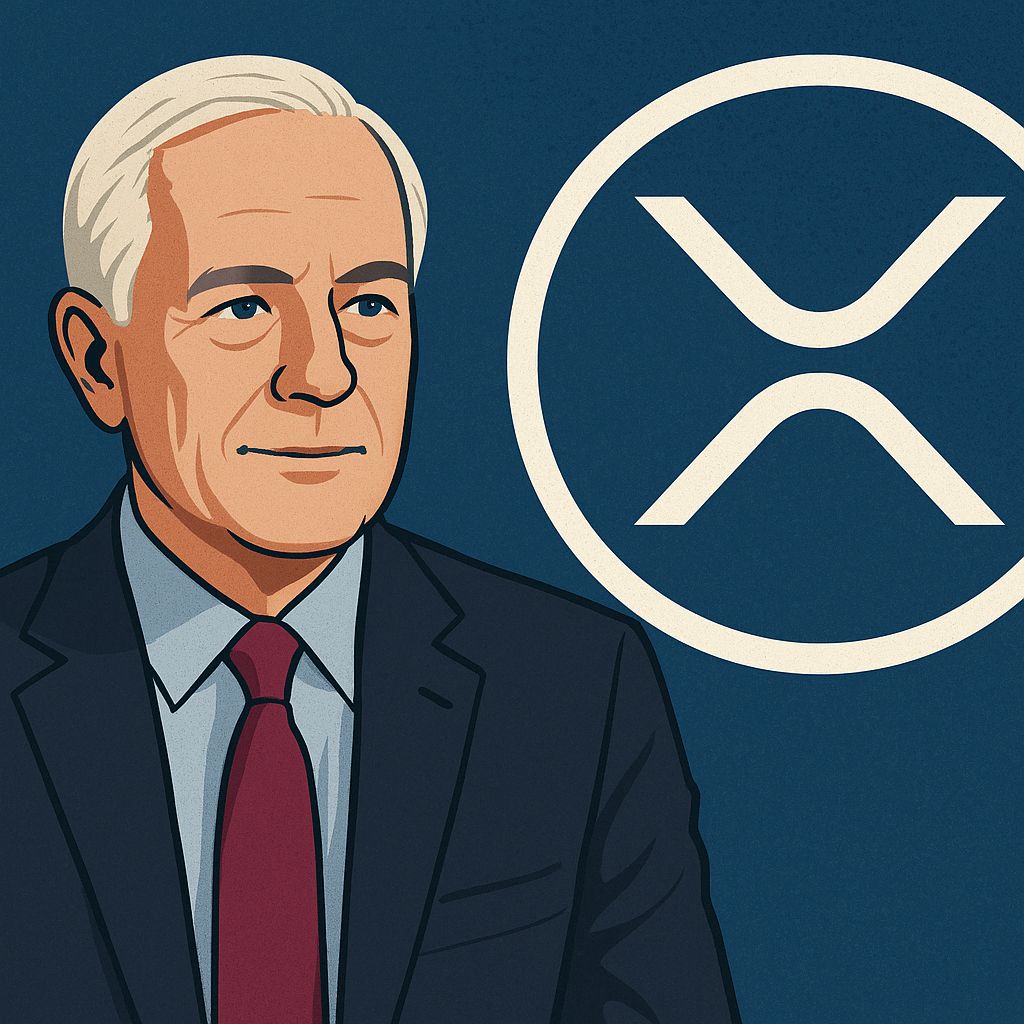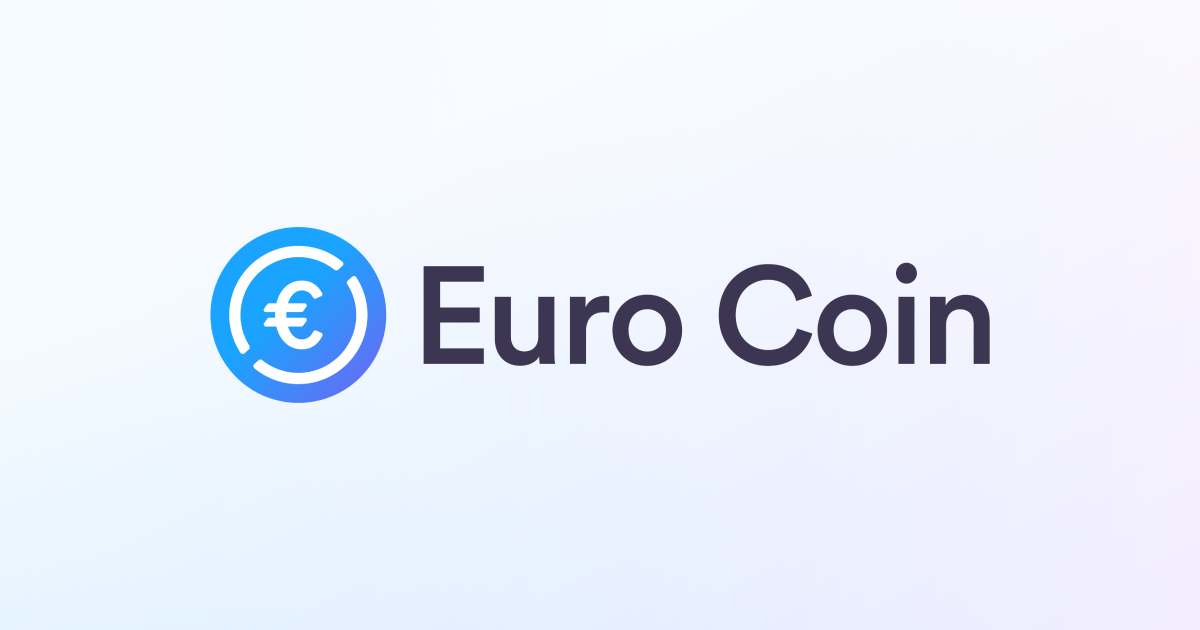Detailed explanation of token economics: How to find better investment targets?
Original author: cyclop, Crypto KOL
Original translation: Felix, PANews
Good token economics can help a token grow a hundredfold in a year, while bad token economics can cause a token to fall 90%. Understanding token economics is the most important skill in the crypto space. If you don't understand token economics, it's hard to have a successful investment. Learning is crucial, don't trade blindly, otherwise you might end up losing money. Crypto KOL cyclop gave an overview of token economics, here's a complete guide to token economics.
When you first start to find a potential token, for example on CMC, you will see the following:
· Market Cap (MC)
· Total Supply
· Circulating Supply
· Fully Diluted Value (FDV)

These are the basic supply metrics:
· Circulating Supply: Tokens currently in circulation
· Total Supply: Total number of tokens that can ever exist
· MC: Total Value of Circulating Supply (in USD)
· FDV: Total Value of Total Supply (in USD)
Understanding these metrics allows you to assess the potential of a token. But to do this, you need to understand more than just the nominal concepts. You also need to understand how they work, and how they affect price.
First, let’s start with the supply. There are two paths a token can take:
· Inflation
· Deflation

Inflationary Tokens: The supply of a token can increase, which is called a release.
Releases are a negative because they usually result in a decrease in value. However, if the release is slow and the amount is small, it will not have a significant impact on the value.

Deflationary Tokens: A situation where the supply of a token decreases over time. This happens when a project buys back tokens and destroys them. In theory, reducing the supply should increase the value, but this is only theoretical.

Now let’s discuss the main factors that determine the issuance and lifespan of a token: allocation and distribution.
There are two methods:
· Pre-mining (distribution between early investors, team, advisors, etc.)
· Fair distribution (everyone has equal purchasing qualifications)
Most projects use pre-mining.

Why is this method important?
Because if the TGE is 100% and 50% of the tokens are allocated to investors, then investors can sell tokens at any time, and retail investors may become the receivers of exiting liquidity. Here’s why you need to know: · TGE Allocation · Vesting · Cliff · Token Distribution There are usually the following types of recipients for token distribution: · Private Sale (Investors, KOLs, etc.) · Public Sale (Retail Investors) · Marketing · Ecosystem (Stakes, Rewards, etc.) · Airdrop · How do they sell tokens?  The day the tokens are issued is called the TGE.
The day the tokens are issued is called the TGE.
· TGE allocation is the percentage of tokens allocated to all the above individuals (10-20%)
· Cliff is the period after TGE and before next vesting
· Vesting is the gradual release of a certain percentage of tokens every month

Recently, some projects have adopted an approach with a smaller percentage of TGE (up to 20%), followed by a cliff for a few months and vesting over 12 months.
This approach is more suitable for the long-term success of the project, so it is important to verify all these details before investing.
Another key factor for any token to succeed today is demand. This is why projects incentivize retail investors to buy specific tokens. For example, despite high inflation, people still buy US dollars because they need it to live.
Generally speaking, there are 4 factors that drive demand for tokens:
· Store of Value
· Community Driven
· Utility Effect
· Accumulation of Value

Storage of Value
Cryptocurrencies can be used as a store of value. Many people buy cryptocurrencies just to store money in them, such as Bitcoin, which is often compared to gold.

Community Driven
As this cycle has shown the public, communities can strongly drive demand. The rise of Memecoins is entirely due to the community. People will buy things that they think they can make money.

Utility Effect
Demand is stimulated when holding a token provides some kind of utility. For example, in order to stake a token, you need the token of a certain network, etc.

Value Accumulation
· Incentivize Stakeholders
People also want tokens to provide some value. This is staking. You can lock up your position to get rewards regularly. This is good for all parties and the risk is relatively low.

· Incentivize Holders
Another option is to hold. Projects usually provide rewards/airdrops, etc. to holders, which is good for everyone. There are many other ways to reduce selling pressure by holding:

VeToken
· VeToken can be obtained by holding tokens
· "Ve" stands for voting custody, which means that by locking your tokens, you gain voting rights
· The longer you hold, the greater the accumulated voting rights

Mining
· Holding can also improve your mining efficiency
· The more you hold, the higher the profit ratio increases
In addition, understand that no matter how high the demand is, it is important to understand who is holding. Is it a strong community or a dumper. It is more challenging to figure this out. You need to participate in the community of the project and analyze it.
Also, it is possible for a token to rise despite poor token economics, and vice versa. Always consider this possibility. Here is a list of things to check before investing:
· Total supply and circulating supply
· Allocation and distribution
· Lock-up period/unlock date
· Release percentage
· Demand
After such analysis, you can basically determine whether this project is worth investing in.
Original link
欢迎加入律动 BlockBeats 官方社群:
Telegram 订阅群: https://t.me/theblockbeats
Telegram 交流群: https://t.me/BlockBeats_App
Twitter 官方账号: https://twitter.com/BlockBeatsAsia
Disclaimer: The content of this article solely reflects the author's opinion and does not represent the platform in any capacity. This article is not intended to serve as a reference for making investment decisions.
You may also like
FIL Price Forecast: Explosive Growth Likely After Filecoin (FIL) v1.32.2 Upgrade

Teucrium CEO Endorses XRP as Essential for Future Financial Infrastructure

EURC Hits New Record as Demand Grows Across Blockchains

Strategy₿ Resumes Bitcoin Acquisitions, Buys $285.8M in BTC
